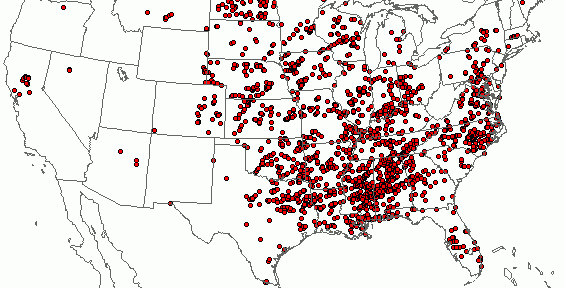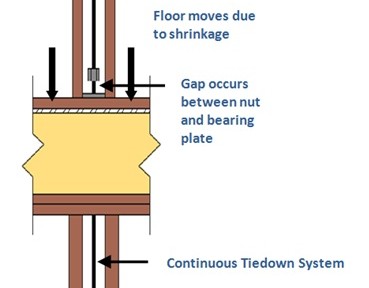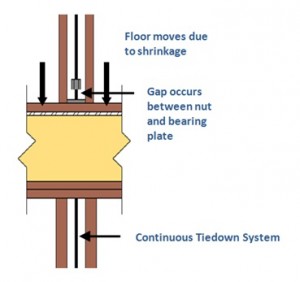A few years ago, we hosted a Take Our Daughters and Sons to Work® Day at our home office in Pleasanton, CA. During introductions, several parents told the children what they did and how they chose their particular profession (you can see what my son thinks I do in my bio). At our home office, we have accounting, finance, product management, IT, administration, marketing, and a few others I’m probably missing, so it is a diverse group the kids heard from that day.
And the careers were often not what people had originally planned for. Many shared wonderful stories about the twists and turns their careers took until they finally discovered their passion and job satisfaction. Often, this was a career that they didn’t even know existed when they chose a major in college or first entered the workforce.
So, what was my story?

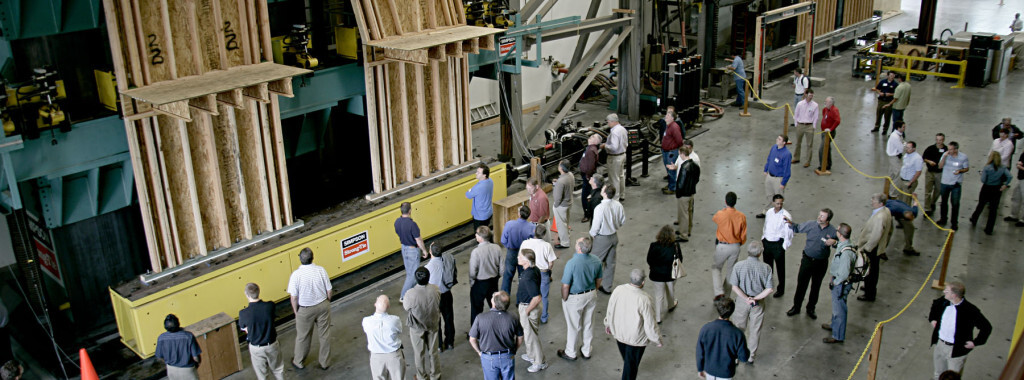
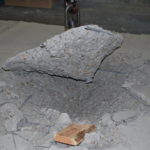
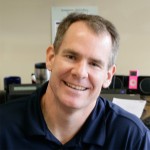 Welcome to our Structural Engineering Blog! I’m
Welcome to our Structural Engineering Blog! I’m 